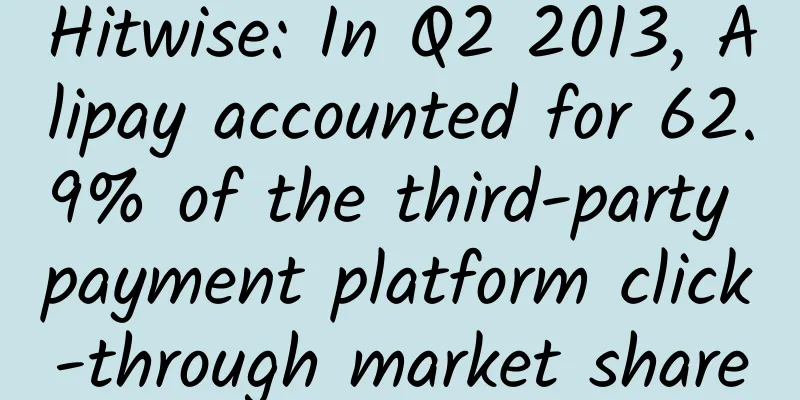Bank for International Settlements: Breaking through new paths for cross-border retail CBDC payments

|
The Bank for International Settlements has published a new report, "Breaking New Paths for Cross-Border Retail CBDC Payments". Although domestic payments have improved significantly in many jurisdictions in recent years, cross-border payments still face challenges such as high costs, slow speeds, limited access and lack of transparency. The G20 has made strengthening cross-border payments a priority, and in response to this call for action, the Bank for International Settlements Innovation Hub is coordinating experiments on how to achieve this goal. Many central banks are exploring retail central bank digital currencies (rCBDCs). Some of these projects are at the proof-of-concept (PoC) stage, while others are at the pilot trial stage and a few have reached a more mature stage. The requirement to interconnect these rCBDC systems to support cross-border payments should be considered at the outset so that cross-border payments can be enabled in due course. The Icebreaker project explores a specific approach to interconnecting rCBDC systems (hub-and-spoke solutions) with multiple additional features that can easily extend the Icebreaker model. Settlement risk and speed. In the Icebreaker model, a cross-border transaction is broken down into two domestic payments, one to each domestic system. Therefore, the rCBDC never leaves its domestic system. This is because a foreign exchange provider buys one currency in one system and sells another currency in another system. Competition and transparency. In most existing cross-border payment systems, end users are tied to their payment service providers (PSPs) for foreign exchange services. In the Icebreaker model, foreign exchange services and pricing are decoupled from rCBDC payment services. Foreign exchange providers submit foreign exchange rates to the Icebreaker hub, which selects the best rate for each payment request and presents it to the payer. This enables payers to obtain competitive foreign exchange rates independently of the PSP, thereby providing end users with wallets that support digital rCBDC. Interoperability and scalability. The hub-and-spoke approach adopted by the Icebreaker model keeps the number of connections between rCBDC systems to a minimum. Its hub only sends payment messages and does not act on them. The only information it relies on is data from foreign exchange providers, which is used to identify and select the best foreign exchange rate for the payer. |
Recommend
Wu Hequan, Academician of the Chinese Academy of Engineering: In the next ten years, we will be in the "new Internet era"
As an important part of the 2025 Zhongguancun For...
The damage of bad mood to the heart is far beyond imagination! Be careful of this disease! Teach you 3 steps to self-check and 4 ways to relieve it
Anxiety, depression and other negative emotions &...
The efficacy and function of juniper
Many people are not very clear about juniper, so ...
The efficacy and function of Sanyin Bupleurum
Traditional Chinese medicine has a history of tho...
"Fighting fire with fire" space combustion experiment - Why is fire in space so exciting?
In February this year, the Combustion Science Exp...
The "magic medicine" that can eliminate rheumatism and strengthen bones and muscles grows in your backyard
I went back to my hometown some time ago and saw ...
The efficacy and function of red sand
Speaking of red sand, many people know that it is...
What are the effects and functions of crane grass
Crane grass is also known as wolf tooth grass, dr...
Will fast charging damage the battery? Avoid misunderstandings and learn to charge scientifically →
In today's fast-paced urban life, many people...
The Geminid meteor shower will reach its peak on the 14th! Seven things you want to know when watching the meteor shower
Every December, what astronomy enthusiasts look f...
How to preserve fresh Schisandra chinensis
We all know that the medicinal value of Schisandr...
Can American ginseng be soaked in water and drunk every day?
American ginseng is a traditional Chinese medicin...
What are the effects and functions of lantern grass?
When it comes to lantern grass, many people may n...
The efficacy of Kuding tea
Many people like to drink tea. There are many typ...









